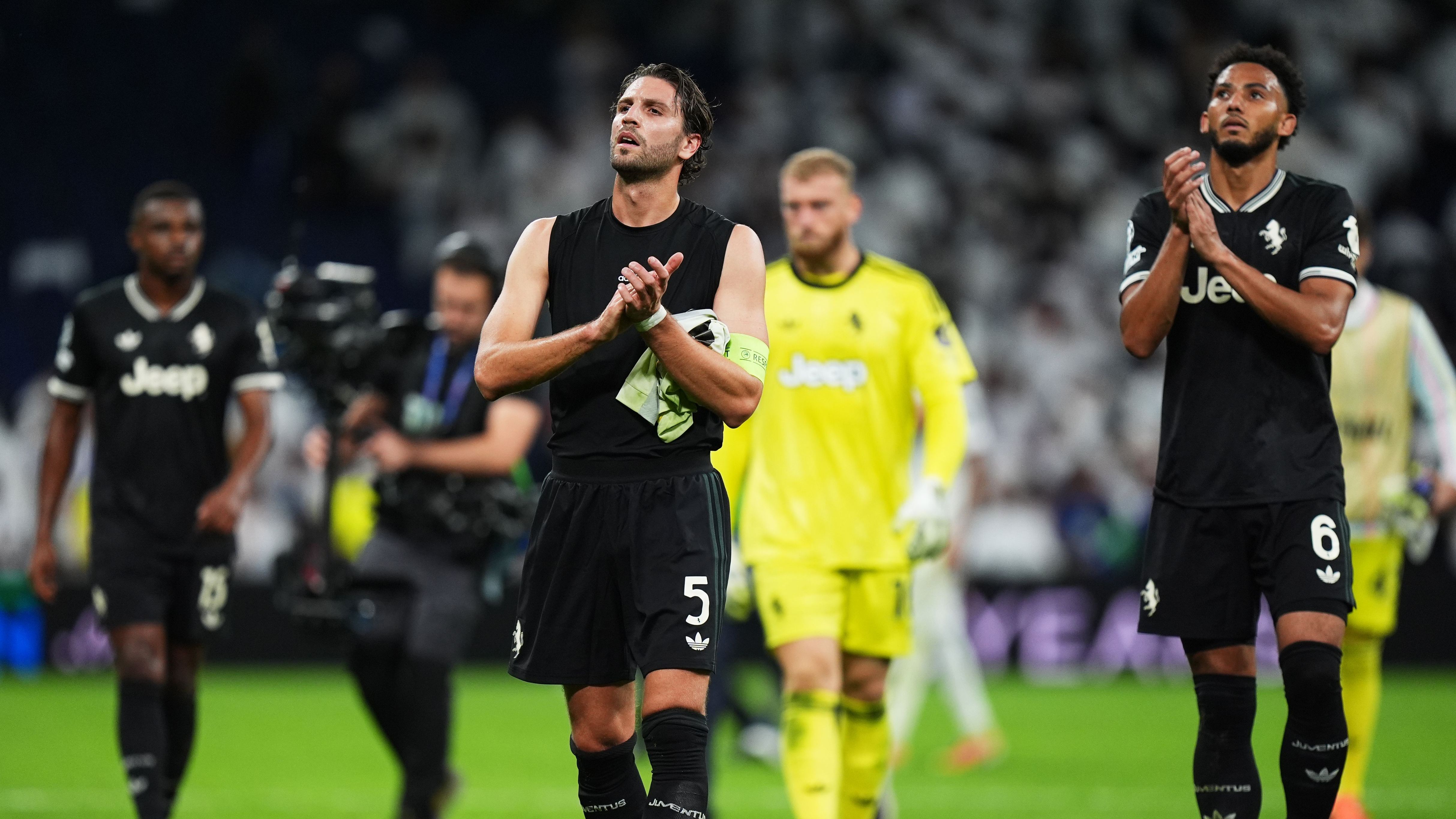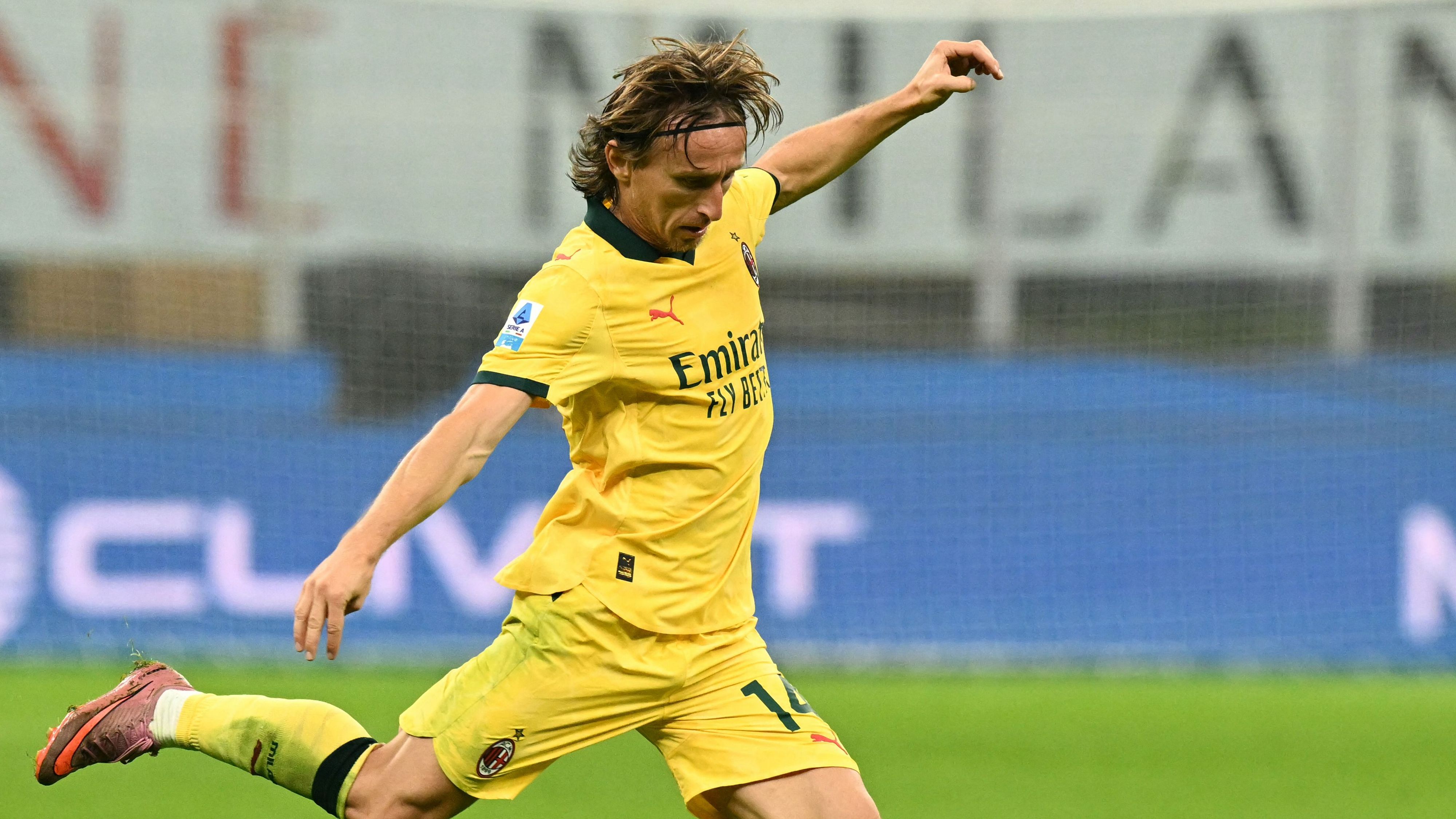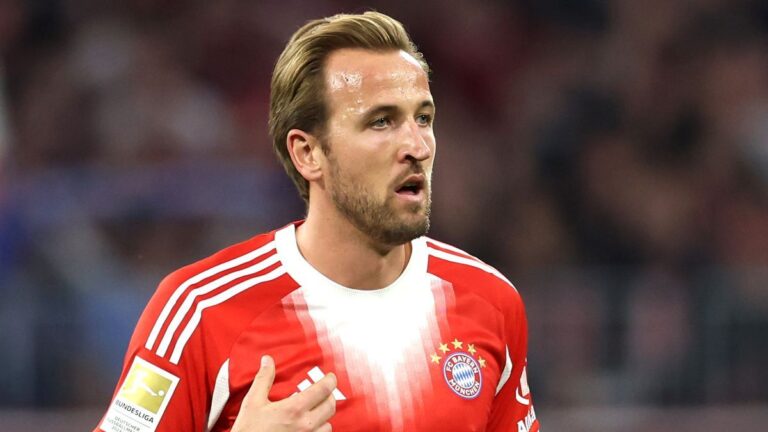


Serie A’s Struggles in Europe: A Wake-Up Call from Antonio Cassano
Serie A has once again exposed its vulnerabilities on the international stage, drawing sharp criticism from former star Antonio Cassano, who labels it as lackluster and outdated compared to the vibrant Premier League. This analysis delves into the recent disappointing results of Italian clubs in the Champions League and the urgent need for reform to restore the league’s former glory.
Recent European Disappointments for Italian Clubs
In the latest Champions League matches, Italian teams faced significant setbacks, with only Inter managing to secure a victory. Inter dominated their encounter, defeating Union St. Gilloise from Belgium 4-0, courtesy of goals by Denzel Dumfries, Lautaro Martinez, Hakan Calhanoglu, and Pio Esposito.
Antonio Conte’s Napoli encountered an unexpected thrashing, losing 6-2 to PSV from the Netherlands, where ex-Parma standout Dennis Man shone brightly. Although Scott McTominay put Napoli ahead early, the team’s fortunes shifted dramatically when Lorenzo Lucca received a red card for arguing with officials, and Alessandro Buongiorno’s defensive error led to an own goal that fueled PSV’s dominant performance.
Juventus extended their difficult spell with a narrow 1-0 loss to Real Madrid, marking their seventh game without a win, including five draws and two defeats, which has intensified scrutiny on manager Igor Tudor. The game, seen by ex-defender Danilo as a potential turning point, featured a resilient effort from Juventus, but they were ultimately undone when Jude Bellingham converted from close range off a rebound from Vinicius Jr.’s shot that hit the post. Dusan Vlahovic missed a prime opportunity to tie the score, thwarted by an exceptional stop from Thibaut Courtois.
Ivan Juric’s Atalanta ended in a goalless stalemate against Slavia Praha from the Czech Republic, rounding out a frustrating week for Serie A representatives abroad. This string of results has prompted Cassano, a former Italy forward, to point to the league’s deficiencies in pace and organization as key factors in these continental failures.
Cassano’s Critique of Serie A’s Quality
The ongoing challenges of Serie A squads have sparked deeper worries about the health of Italian soccer, fueling discussions on the league’s standards and its ability to thrive in Europe. Cassano, who played for AC Milan, Real Madrid, and Italy, argues that the sluggish gameplay, rampant delays, and absence of updates from league officials have rendered Italian football dull and unappealing.
The Pitiful State of the Italian League
Cassano expressed his frustration, stating, “The Italian league is dismal and devoid of excitement.” He continued, “It’s the fans’ dedication that sustains it, yet the overall standard is disappointingly poor. This scenario is humiliating and nearly disgraceful. Viewing certain games feels like a burden, lacking any tempo or thrill.”
Historical Context and Italy’s European Decline
The 2010 Inter team, which achieved a historic treble, remains the most recent Italian side to claim the Champions League title. Following that triumph, Italian clubs have generally struggled, frequently exiting early in the tournament’s later stages or even the group phase. For instance, Juventus advanced to the finals in 2015 and 2017, only to lose 3-1 to Barcelona and 4-1 to Real Madrid. Inter reached the finals in 2023 and 2025, suffering defeats of 1-0 to Manchester City and a record-breaking 5-0 to Paris Saint-Germain. These rare deep runs merely underscore the broader issues plaguing Italian football in Europe.
Cassano attributes this downfall to a combination of poor structure, limited dynamism, and persistent interruptions, which undermine teams’ effectiveness. He highlighted Inter’s match against Roma, marred by 44 fouls that disrupted the game’s rhythm and left squads unprepared for European tests. “It’s no surprise that Italian teams are faltering abroad; that’s precisely our reality,” he noted.
Contrasting with the Premier League’s Evolution
Cassano drew parallels between the stagnation in Italian football and the progressive development of the Premier League. “The game needs to advance just as England has. We’re even scheduling friendlies in places like Perth,” he remarked, emphasizing the need for Italian soccer to adapt and innovate.
Looking Ahead: Calls for Reform and Upcoming Fixtures
As demands for transformation echo from Cassano and other prominent figures in Italy, the future of potential changes rests with the authorities. Serie A kicks off again on Friday, with the current leaders, AC Milan, taking on Pisa, and a major showdown on Sunday between Inter and Napoli, where Antonio Conte aims to halt his team’s recent losing streak.
Understanding Antonio Cassano’s Scathing Critique
The Background of Antonio Cassano’s Views on Football Leagues
Antonio Cassano, the former Italian footballer known for his fiery personality and outspoken opinions, has often shared his thoughts on the state of European football. His critique of Serie A versus the Premier League highlights key differences in how these leagues operate, drawing from his experiences playing for clubs like AS Roma, Real Madrid, and AC Milan. Cassano’s comments emphasize that Serie A’s pitfalls stem from stagnation, while the Premier League’s dynamic nature keeps it thriving as a global powerhouse.
In discussions around football league comparisons, Cassano points out that Serie A has struggled with modernization, impacting its competitiveness. For instance, he argues that the Premier League’s fast-paced style and investment in talent make it far more appealing to fans and players alike. Keywords like “Serie A pitfalls” and “Premier League dynamic” frequently come up in these debates, reflecting broader conversations about what makes a league successful in today’s football world.
Key Pitfalls of Serie A According to Cassano
Cassano’s analysis dives deep into what he sees as the core issues plaguing Serie A, making it less attractive compared to its English counterpart. One major concern is the league’s slower adaptation to global trends.
Financial and Infrastructure Challenges
Serie A faces significant financial disparities that limit its growth. Teams often deal with budget constraints, which Cassano believes hinder player development and recruitment. For example:
- Limited investment in youth academies compared to the Premier League’s robust systems.
- Outdated stadiums and facilities that don’t match the modern, fan-friendly experiences in England.
In a football leagues comparison, these factors contribute to Serie A’s perceived decline, as noted in Cassano’s interviews. He often highlights how this leads to a lack of innovation, with the league relying on tradition rather than evolution.
Tactical and Competitive Shortcomings
Another layer of Cassano’s critique focuses on tactical rigidity in Serie A. He argues that the league’s defensive style, while historically successful, doesn’t foster the excitement that drives Premier League viewership.
- Bullet points on common criticisms:
- Overemphasis on catenaccio (defensive tactics), which can make matches predictable and less engaging.
- Fewer high-stakes derbies and rivalries that generate buzz, unlike the Premier League’s intense clashes.
- Slower player mobility due to transfer market restrictions, stunting the influx of world-class talent.
This Antonio Cassano critique underscores how Serie A’s pitfalls could alienate younger fans who crave the high-energy, attacking football seen in England. SEO-optimized terms like “Serie A vs Premier League” naturally fit into these observations, as they reflect ongoing searches for league analyses.
The Dynamic Appeal of the Premier League
Shifting to the Premier League, Cassano praises its vibrancy, attributing it to strategic investments and a player-friendly environment. This dynamic appeal is what sets the league apart, making it a benchmark for football success.
Financial Strength and Global Reach
The Premier League’s financial model is a key driver of its dominance. Cassano notes that lucrative broadcasting deals and sponsorships allow for greater spending on players and infrastructure, which Serie A struggles to match.
- H4: Examples of Premier League Advantages
- Massive TV revenue that funds star signings, enhancing the league’s competitiveness.
- Advanced marketing strategies that boost global fan engagement, with keywords like “Premier League dynamic” resonating in international searches.
In contrast, Cassano’s views suggest that Serie A’s financial model lags, leading to a talent drain as top players opt for England’s opportunities.
Innovation in Playstyle and Fan Experience
Cassano appreciates the Premier League’s emphasis on entertaining, fast-paced football, which he feels Serie A lacks. This includes:
- Bullet points highlighting innovations:
- Integration of VAR and other technologies for fairer gameplay, improving overall match quality.
- Diverse playing styles from teams worldwide, creating a melting pot of tactics that keep games unpredictable.
- Strong community initiatives, such as fan zones and digital engagement, that make attending or watching matches more immersive.
By incorporating Antonio Cassano’s insights, this section of the article provides value for readers searching for “football league comparison,” helping them understand why the Premier League maintains its edge.
Comparative Analysis: Tactics, Talent, and Fan Impact
To offer a balanced perspective, let’s compare the two leagues through Cassano’s lens, focusing on how these elements affect overall appeal.
Tactical Differences and Their Implications
Cassano often contrasts the tactical setups, noting that Serie A’s emphasis on defense can lead to lower-scoring games, while the Premier League’s attacking ethos creates more thrilling encounters.
- H4: Impact on Player Performance
- In Serie A, players might face burnout from rigid systems, whereas Premier League stars benefit from freedom and variety.
- This dynamic can influence career longevity, with many opting for England to maximize their potential.
Talent Acquisition and Retention Challenges
Both leagues compete for top talent, but Cassano argues that the Premier League’s resources give it an upper hand. For instance:
- Bullet points on talent trends:
- Serie A’s pitfalls include high taxes and regulatory hurdles, deterring big transfers.
- The Premier League’s appeal lies in its marketing machine, which elevates player profiles and earnings.
Readers interested in “Antonio Cassano critique” will find this analysis useful, as it ties into broader discussions about league evolution and future prospects.
In wrapping up this section without a formal conclusion, it’s clear that Cassano’s perspective offers a roadmap for Serie A to address its shortcomings and perhaps adopt elements of the Premier League’s dynamic approach for sustained growth. (Word count: 748)









